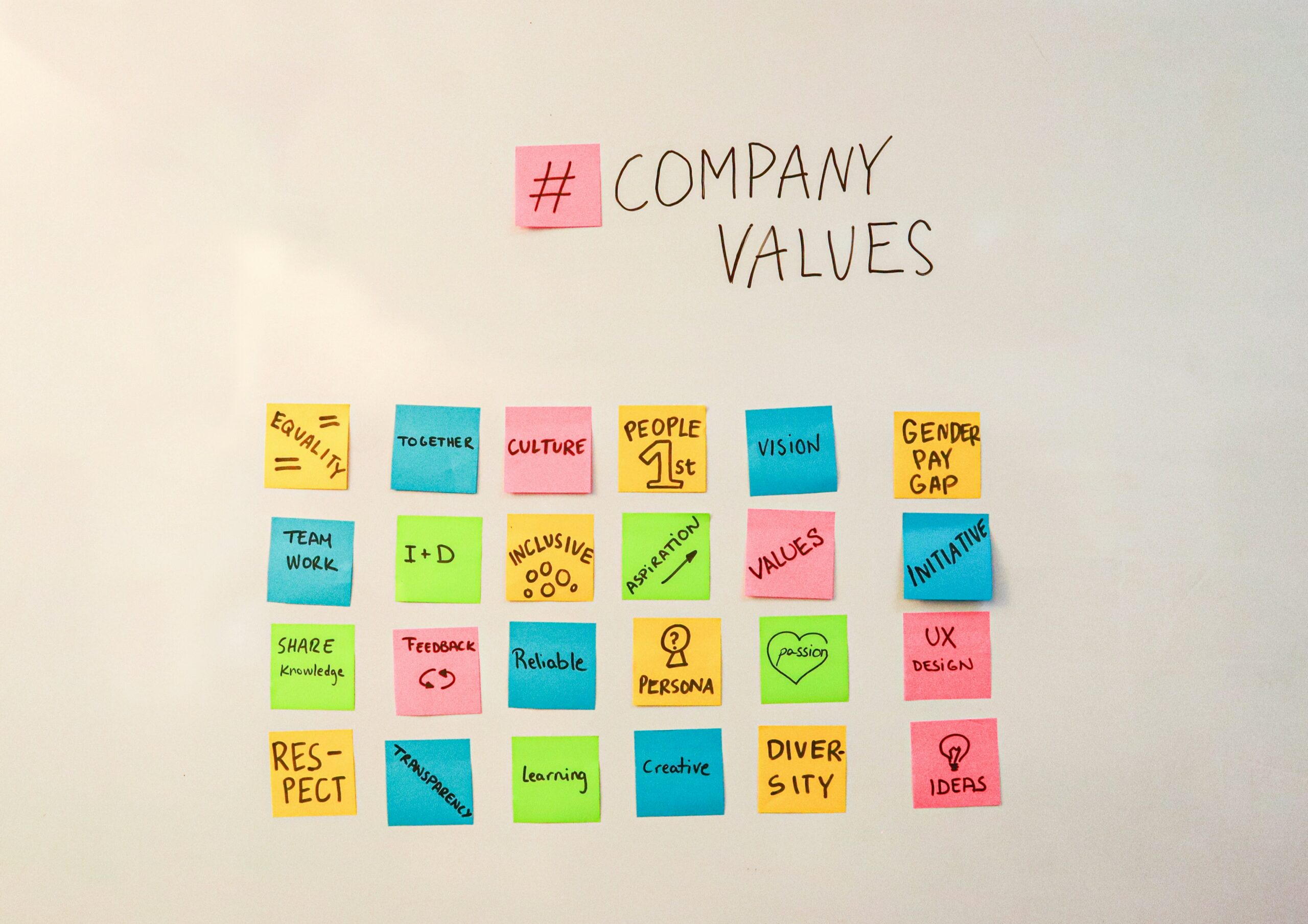John Bremen is a guest contributor for Forbes, writing on topics including work transformation, leadership strategy, compensation and benefits, and sustainable strategies that support productivity and business success.
To drive better outcomes, effective leaders embed desired behaviors and priorities across the organisation to build a sustainable culture and portfolio of innovation.
Boards and senior leadership teams are increasingly focused on what makes innovation possible at their organisations. Yet despite the opportunities created in today’s dynamic business environment, many organisations fall short of their innovation goals. Effective leaders find that success in innovation requires three components: leadership commitment, a supportive culture and the right innovation portfolio.
What is Elastic Innovation?
Elastic innovation disrupts innovation itself. The mindset and supporting processes continually respond to market changes in real time while managing innovation pipelines for the long term. With increasingly agile management models, effective innovation capitalises on both centralised and decentralised processes, with many of the best ideas coming from deep within the organisation.
Using the elastic innovation mindset, leaders see the big picture while managing details. They consider and prepare for multiple scenarios and manage complexity, ambiguity and paradoxes while balancing opposing views. They build teams that have the mindset, culture and portfolio of ideas to support elastic innovation.
In The critical role of leadership and culture in innovation and How to create a portfolio of innovations that’s right for your business, WTW’s Amy DeVylder Levanat and Oliver Narraway outline what sets successful organisations apart when it comes to innovation.
How Do Leaders Foster Innovation?
Effective leaders embed experimentation, trust and collaboration within their organisation’s values, culture and daily operations, creating a supportive work environment that fosters creativity and everyday ideation. They promote innovation by providing strategic direction, aligning innovation efforts with the company’s business priorities and goals and securing the organisation’s commitment to pursue ambitious and forward-looking projects. Leadership advocacy and innovation sponsorship also help overcome internal resistance and promote a culture that encourages creative thinking and collaboration across all levels of the organisation.
Additionally, effective leaders support innovation projects by championing innovation at the highest levels, creating an environment that encourages idea sharing and experimentation while managing overall risk. They advocate for innovation by ensuring that employees feel involved in the process and understand their role in contributing to ideation and breakthrough ideas. Stressing the importance of early testing to assess viability, marketability, feasibility and adaptability, they also seek external input. They celebrate efforts, focusing on collaboration and collective success.
How to Create a Culture of Innovation
Effective leaders create a culture of innovation centered around the following characteristics:
- Openness to change and experimentation: Effective leaders promote a culture where change, continual learning and experimentation are welcome. They support openness, encourage discussion, recognise employee ideas and lead by example to drive innovation and adaptability.
- Trust: Effective leaders create a culture that accepts failure as a part of the innovation process. They remove the stigma of failure, encouraging teams to contribute ideas, fail fast and focus on learning from their mistakes to refine and improve future projects – vital for successful innovation projects that drive growth. They view failure as learning.
- Collaboration and open communication: Effective leaders foster a collaborative environment by promoting open communication and idea sharing and by recognising and valuing multiple perspectives. They maintain a collegial organisational culture that supports the integration of different perspectives, which is essential for understanding problems more deeply and developing viable solutions.
The Right Innovation Portfolio
Effective leaders understand that successful innovation portfolios generally consist of a blend of higher risk/higher impact, lower risk/lower potential impact innovation and those in between on the continuum. Typically, an effective portfolio comprises three types of innovation:
- Core/Incremental: Small but meaningful improvements to existing products and services for existing customers
- Adjacent: New solutions that complement the company’s existing suite of products and services to address a new problem or a new buyer
- Breakthrough: Radical new products or technologies addressing new problems for new or existing customers
Effective leaders go beyond simply categorising projects in terms of risk and reward, taking steps to understand the specific attributes and needs of their organisation. They consider risks such as:
- Regulation that could limit which risks can be taken
- A long testing cycle that may force more extreme risk-taking
- Customer resistance to substantial change
- A lack of required skills for innovation leadership or execution
- New technologies that could rapidly disrupt the status quo, necessitating a fast response
Effective leaders consider their company’s business, its geography and country strategies to understand where and how the organisation is targeting growth. They consider customer feedback, financial performance and hard “outcome” data to understand whether they are delivering the necessary impact. They analyse key factors such as tolerance for risk, industry, investor expectations, competition, regulatory environment and market conditions.
They create a bottom-up inventory of innovation initiatives, asking questions such as “Where are the ideas coming from and how do they align to the desired blend of risks, impacts and other criteria?” By categorising initiatives under way, they understand how their pipelines of innovation support their desired portfolio.
Effective leaders also:
- Look for gaps against the desired blend of innovation types and analyse what might be creating them
- Ask whether they need more ideas overall, or additional ones around specific priorities or time periods
- Inventory proposals from the past that would be appropriate to reconsider under different and constantly changing circumstances
Innovation Requires Dynamic Governance and Risk Management
As AI and other new technologies shape innovation portfolios and activities, effective boards and senior management teams have shifted from relying on traditional risk management and governance protocols to more dynamic models, leveraging innovation’s potential while protecting the organisation.
The current environment requires elastic governance models that adapt to a constantly changing landscape and enable their organisations to benefit from new technologies while reducing risks and increasing trust and accountability. Guiding governance principles may include transparency, integrity, fairness, accountability, legal/regulatory compliance, safety, privacy, stakeholder engagement and bias management. They also are framed around “responsible” principles that align with organisational purpose and values, while achieving desired business impact in a dynamic manner.
Balancing innovation approaches to building a portfolio is essential for the long-term success and resilience of any organisation. Effective leaders combine core, adjacent and transformational innovation using a blended approach that can sustain long-term growth. These leaders embed desired behaviors and priorities across the organisation to build a robust and sustainable culture and portfolio of innovation that can drive financial performance and improved business results.
The article was published by wtwco.com.
Photo by Mario Zgoll on Unsplash.

 5.0
5.0 




















